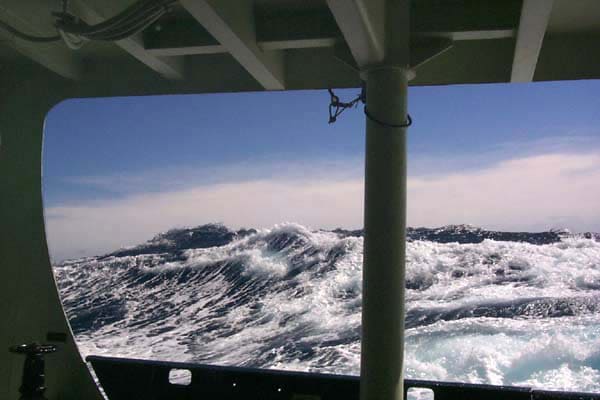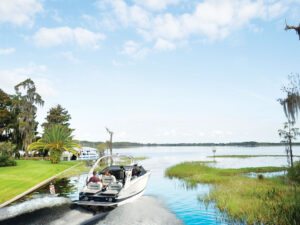
There are a variety of challenges that make estimating wave height a challenge for boaters. This is illustrated and explained in this article.
I have applied the principles therein and found them beneficial.
I have also developed an alternate methodology, which I’m sharing publicly here for the first time. It relies upon having crew aboard. Depending upon their experience at sea, you may need to adjust the scale. But I have found this very accurate where visiting brothers-in-law and twice-a-year fishing charters are concerned. Please feel free to comment.
Two Feet: Everybody is fine.
Three Feet: At least one crewmember adopts a thousand yard stare.
Four Feet: Crew tries not to speak, in attempt to quell dry-heaves.
Five Feet: “Chumming” begins.
Seven Feet: We’re headed home (in the unlikely event I left the dock at all).
Takeaway: The largest wave ever recorded occurred a Lituya Bay, Alaska, on July 9, 1958. The result of a tsunami, this wave was 1,720 feet tall.









